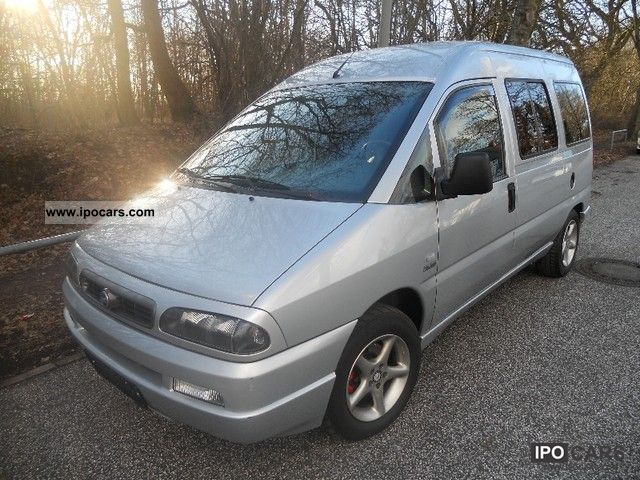

Our laden and unladen tests didn’t quite hit the heady heights of 40+mpg, but the 37.6mpg recorded for the unladen run shows that the new more efficient Scudo is capable of supping fuel at an economical rate. Despite having nearly double the power and torque of the previously most efficient model, the 1.6-litre 90hp L1H1 model, the bigger and heavier Euro-5 Scudo manages a claimed 1.7mpg fuel saving. However, without a payload the Scudo is lightning quick and, although it corners very neutrally, it turns on the charm over an enticing B-road with its sharp wits and ample power.Īs well as being less polluting, Euro-5 engines are also meant to be more economical, and with a claimed average consumption of just 40.9mpg the new Scudo promises a fuel saving over the 90hp, 120hp and 140hp models. It’s not just the engine that struggled with a maximum 1,200kg payload on board either, as the Scudo’s suspension – which is surprisingly soft – sadly underperformed and failed to deliver a cushioned ride, instead diluting the Scudo’s sharpness on the open road while long, awkward throws between the gates on the gearbox also did little to improve the overall experience. Unfortunately, getting up to that speed is more difficult than you would expect for a vehicle with 163hp. Mercedes’ Vito 110, a Euro-5 rival to the Scudo, is well regarded for its on-road manners, and in a Van Advisor test set a high benchmark for the Scudo to beat in fuel economy.Īt city speeds the Scudo’s steering is nicely-weighted and suitably direct, while on the motorway you can relax at higher speeds without the wheel becoming twitchy.

Value for money, improving aftersales care and an impressive range of products all help the ScudoĬompetition at this end of the market is fierce so vehicles need to be practical, cost-effective, and deliver a satisfying drive. Our test vehicle is the L2H1 model (long-wheelbase) which starts from £19,385, while short-wheelbase versions commence at £18,195. The Euro-5 Scudo panel van comes with a choice of long or short-wheelbases (3,000mm or 3,122mm), and two height options (1,449mm or 1,750mm). Impressive figures when you consider the 163hp and 3,400Nm of torque available. This test model pictured, fitted with a revised 2-litre Multijet engine, is the first Scudo to meet Euro-5 regulations, achieving a claimed 40.9mpg on the combined cycle and CO2 emissions of just 181g/km. Value for money, improving aftersales care and an impressive range of products have helped, but will the addition of a new Euro-5 engine entice new customers to the 3-tonne Scudo?
#Fiat scudo 2.0 jtd reviews driver#
Built on a shared platform with its Sevel van siblings – Peugeot Expert and Citroën Dispatch – the new Scudo stormed to success securing the International Van of the Year award in 2008, in addition to starring in an advertising campaign with several Italian football stars and Formula One racing driver Michael Schumacher.įour years on, and sales still trail in the wake of its rivals – Transporter, Vito and Transit – but the Fiat Professional range is catching up. The revamped Scudo was first launched in early 2007, when LCV sales were on an upward trend.
#Fiat scudo 2.0 jtd reviews full#
Fiat’s powerful Euro-5 Scudo has plenty of features that give it character – but it fails to deliver when carrying the full 1,200kg payload.


 0 kommentar(er)
0 kommentar(er)
